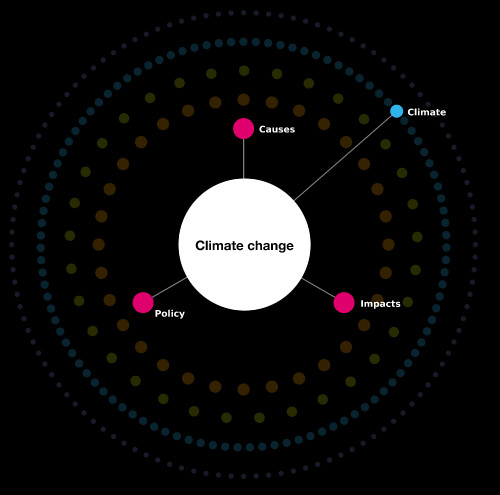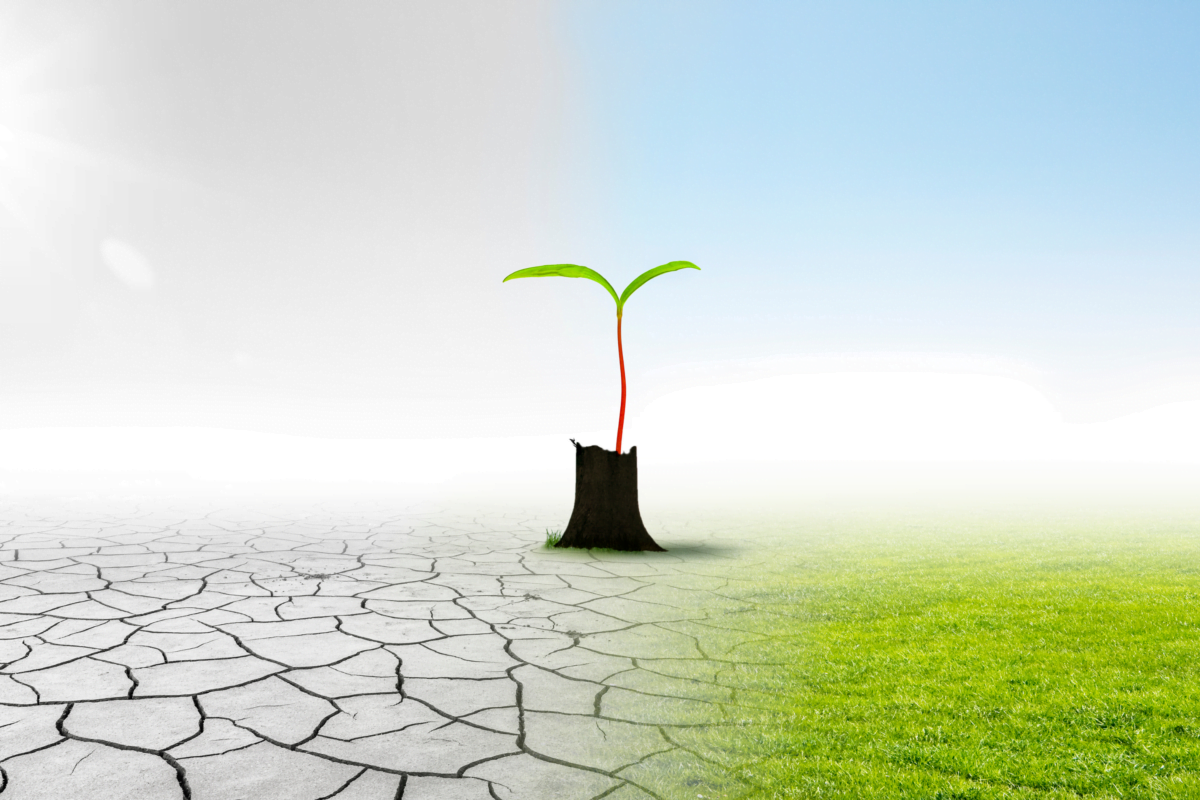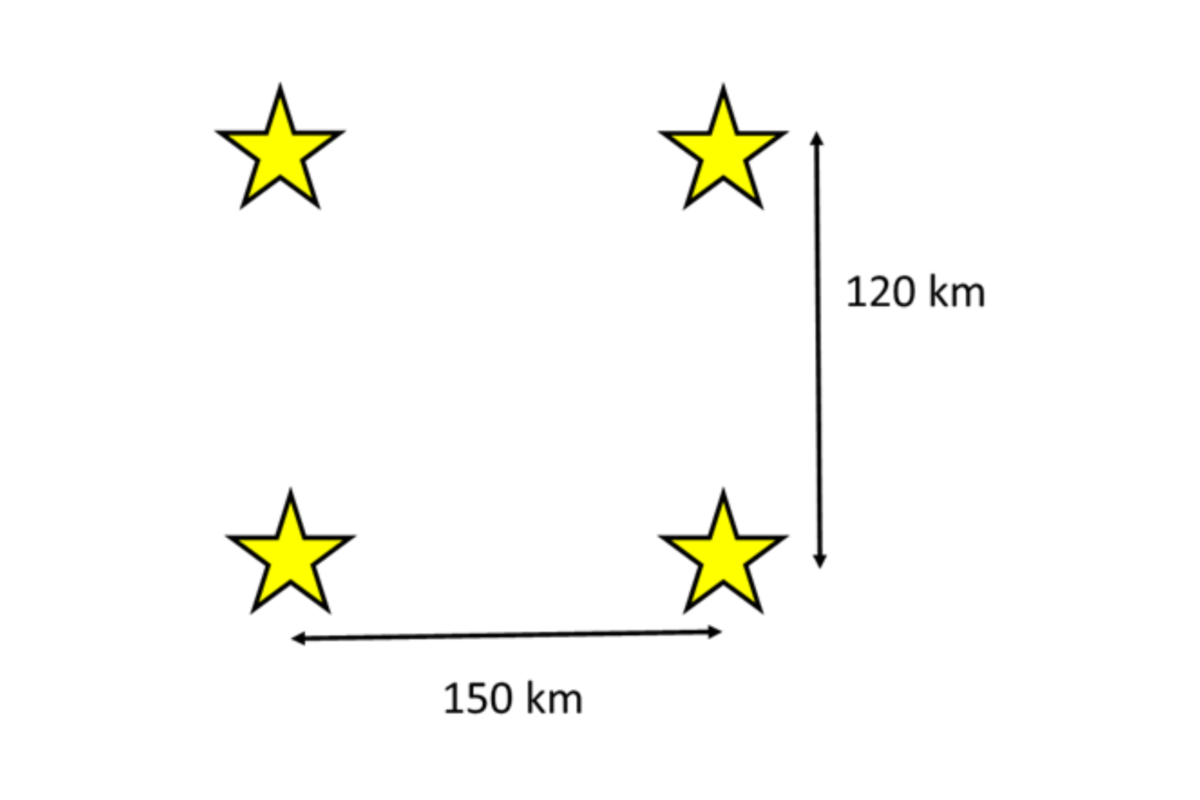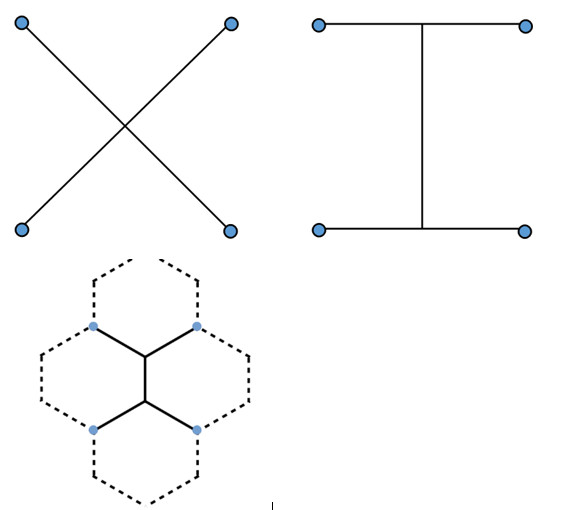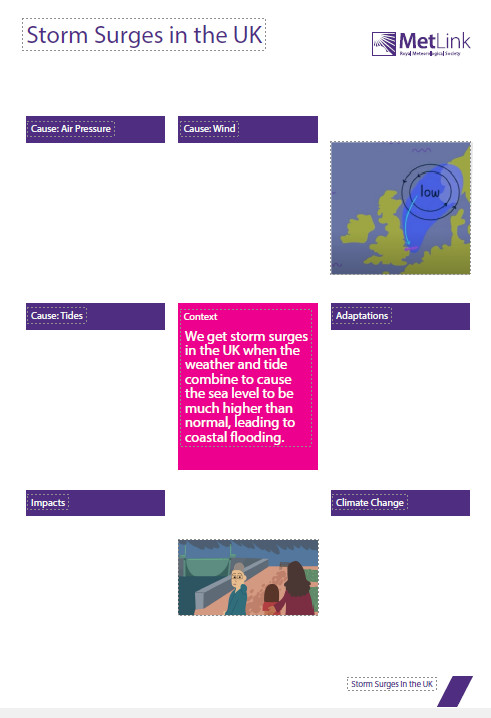We have two fieldwork based resources which allow students to investigate the microclimate of their schools – inside and out – during a heatwave and then evaluate potential adaptation options.
The first resource has been developed by Rob Gamesby (Cool Geography) with the Royal Meteorological Society and the Field Studies Council for the National Festival of Fieldwork.
All schools in England have to produce a Climate Action Plan, and part of that action plan involves assessing the schools’ vulnerability to extreme weather, such as heatwaves, and taking actions to reduce the risk of extreme heat.
These fieldwork options are designed to allow secondary geography students in our schools to explore how vulnerable their school is and what can be done to adapt to that risk.
The second resource was developed in conjunction with the Young People’s Trust for the Environment and consists of a four lesson scheme of work looking at heatwaves:
- Lesson 1: What are heatwaves?
- Lesson 2: Why are heatwaves dangerous?
- Lesson 3: How can schools prepare for a heatwave?
- Lesson 4: What is your school like during a heatwave and how could it be improved?





